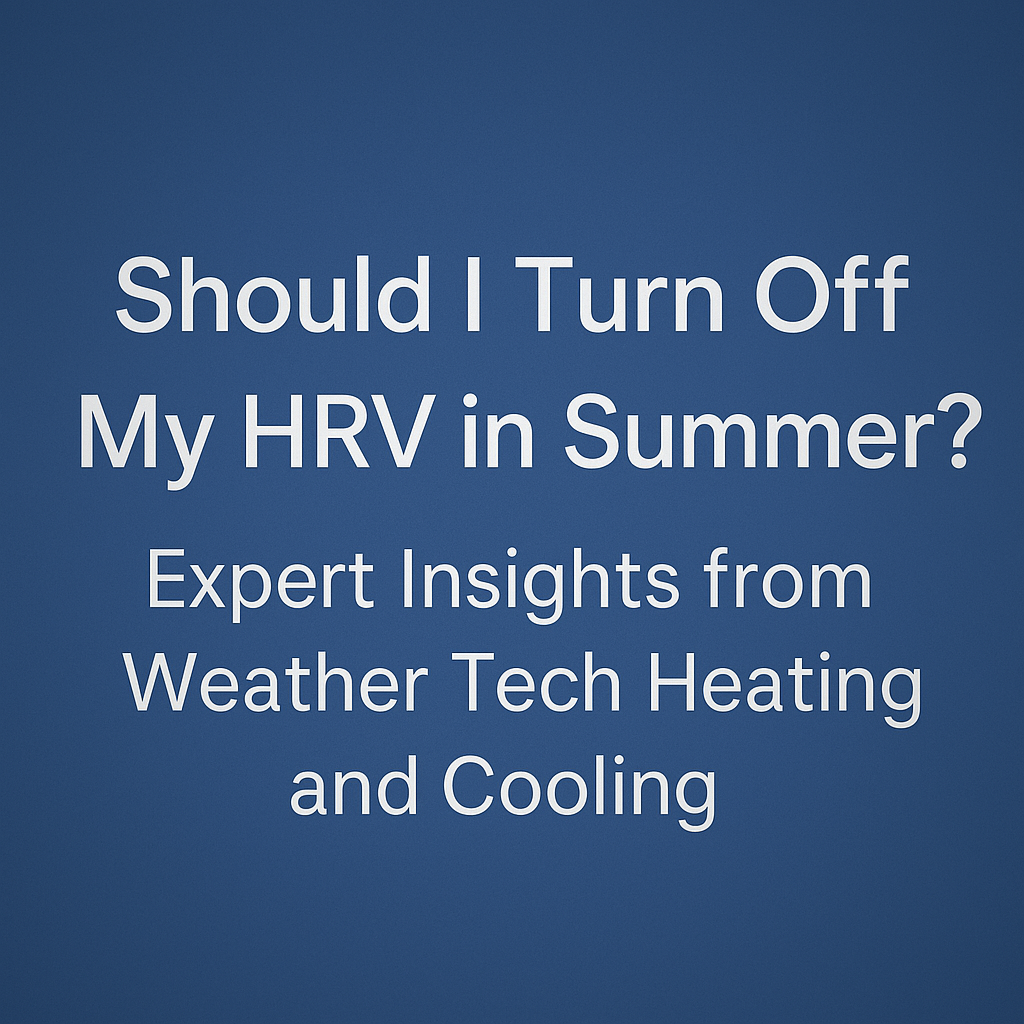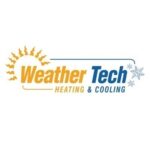
As the seasons change and summer approaches, homeowners often reassess their indoor air quality strategies. A common question that arises is whether to turn off Heat Recovery Ventilators (HRVs) during the warmer months. Understanding the role of HRVs, their interaction with your HVAC system, and the implications for your home’s air quality and energy efficiency is essential. At Weather Tech Heating and Cooling, we aim to provide clarity on this topic, ensuring your home remains comfortable and efficient throughout the year.
Understanding Heat Recovery Ventilators (HRVs)
HRVs are designed to enhance indoor air quality by exchanging stale indoor air with fresh outdoor air. They recover heat from the outgoing air to precondition the incoming air, making them particularly beneficial during colder months. However, their operation during summer requires careful consideration, especially concerning humidity levels and energy consumption.
The Role of HRVs in Summer
During summer, the primary concern with operating an HRV is the introduction of warm, humid air into the home. Continuous operation can lead to increased indoor humidity levels, causing discomfort and additional strain on air conditioning systems. Therefore, it’s crucial to assess whether running your HRV aligns with your home’s cooling and dehumidification needs.
HVAC Fresh Air Intake Requirements
Modern HVAC systems are designed to maintain optimal indoor air quality, and one key element is the inclusion of fresh air intake systems. These systems ensure a continuous supply of outdoor air, which helps to dilute indoor pollutants and stabilize air pressure within the home. According to Weather Tech Heating and Cooling, understanding HVAC Fresh Air Intake Requirements is essential for achieving both comfort and system efficiency. Properly installed and maintained fresh air intakes support the overall performance of the HVAC system and contribute to a healthier indoor environment. However, when integrated with Heat Recovery Ventilators (HRVs), especially during summer months, it’s important to manage airflow and humidity levels carefully to avoid imbalances or excess moisture indoors.
Furnace Fresh Air Intake Considerations
Furnace fresh air intakes play a crucial role in supplying the combustion process with adequate oxygen, ensuring efficient operation and safety. While these intakes are essential during heating seasons, their relevance during summer is minimal. However, it’s important to ensure that these intakes are not obstructed and are functioning correctly, as they contribute to overall system health and indoor air quality.
Balancing Ventilation and Humidity Control
Effective management of indoor humidity is vital for comfort and health. While HRVs provide necessary ventilation, their operation during humid summer months can inadvertently increase indoor moisture levels. To mitigate this, consider the following strategies:
- Adjust HRV Settings: Some HRVs offer seasonal settings that can be tailored to reduce humidity intake during summer.
- Utilize Dehumidifiers: Supplementing your HVAC system with dehumidifiers can help maintain optimal indoor humidity levels.
- Monitor Indoor Humidity: Regularly check humidity levels to ensure they remain within the recommended range of 40-60%
Implementing these measures can help balance the benefits of ventilation with the need for humidity control, enhancing overall comfort.
Recommendations from Weather Tech Heating and Cooling
At Weather Tech Heating and Cooling, we recognize that each home has unique ventilation and air quality needs. Our general recommendations for HRV operation during summer include:
- Assess Indoor Air Quality Needs: Determine if additional ventilation is necessary during summer, especially if your home is well-sealed.
- Consult with Professionals: Engage HVAC professionals to evaluate your system’s configuration and provide tailored advice.
- Consider Energy Recovery Ventilators (ERVs): In humid climates, ERVs may be more suitable as they can manage both heat and moisture exchange, reducing the risk of increased indoor humidity.
By following these guidelines, you can ensure that your home’s ventilation strategy aligns with seasonal requirements, promoting comfort and efficiency.
Conclusion
Deciding whether to operate your HRV during summer involves a careful evaluation of your home’s ventilation needs, humidity levels, and HVAC system configuration. While HRVs play a crucial role in maintaining indoor air quality, their use in warmer months should be managed to prevent potential issues related to humidity and energy consumption. At Weather Tech Heating and Cooling, we are committed to assisting homeowners in optimizing their HVAC systems for year-round comfort and efficiency. Consulting with our professionals can provide you with personalized recommendations, ensuring your home’s ventilation strategy is both effective and energy-efficient.
